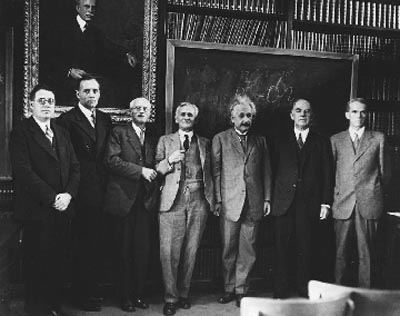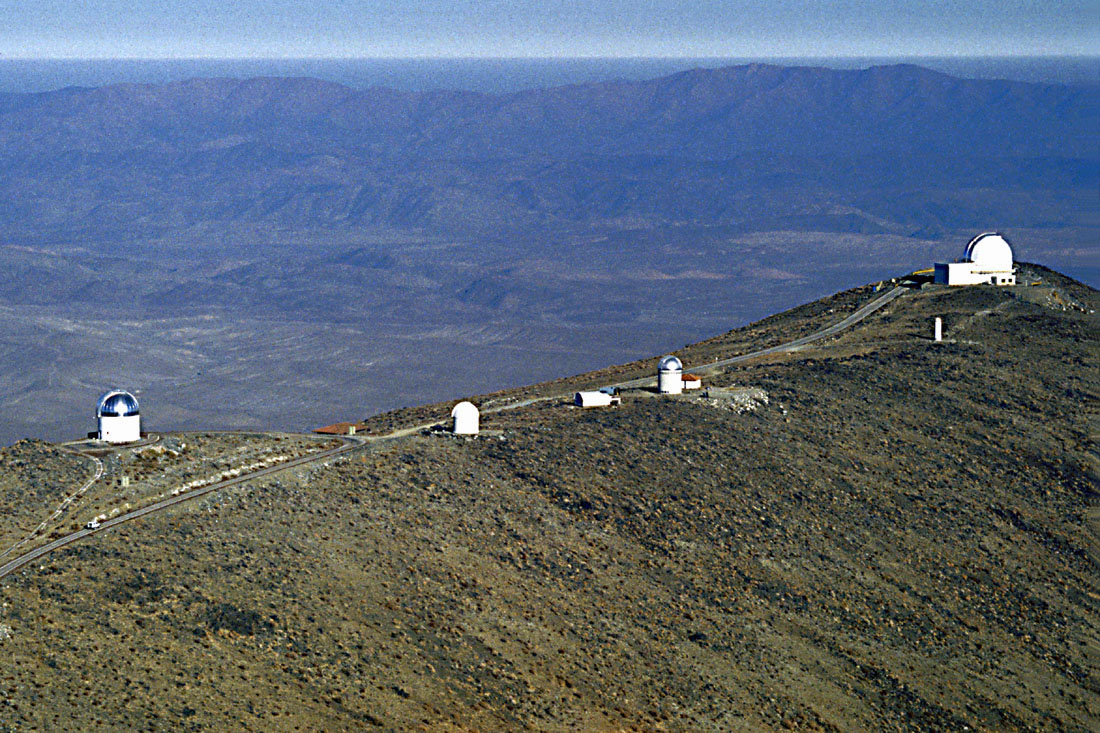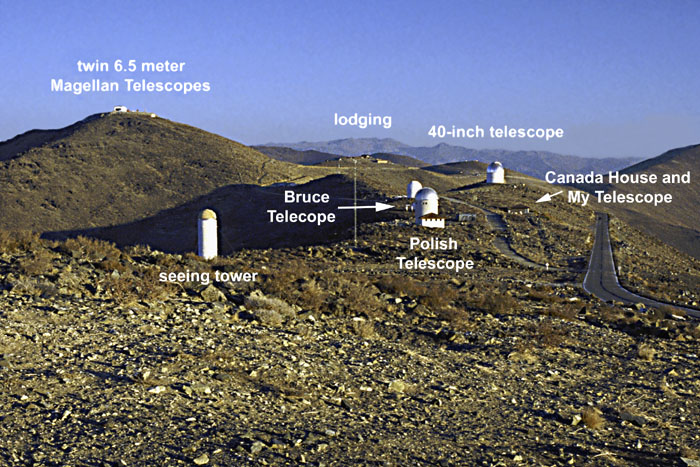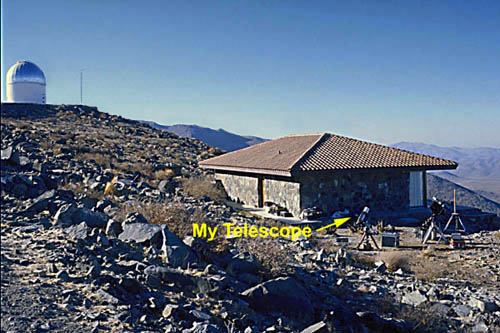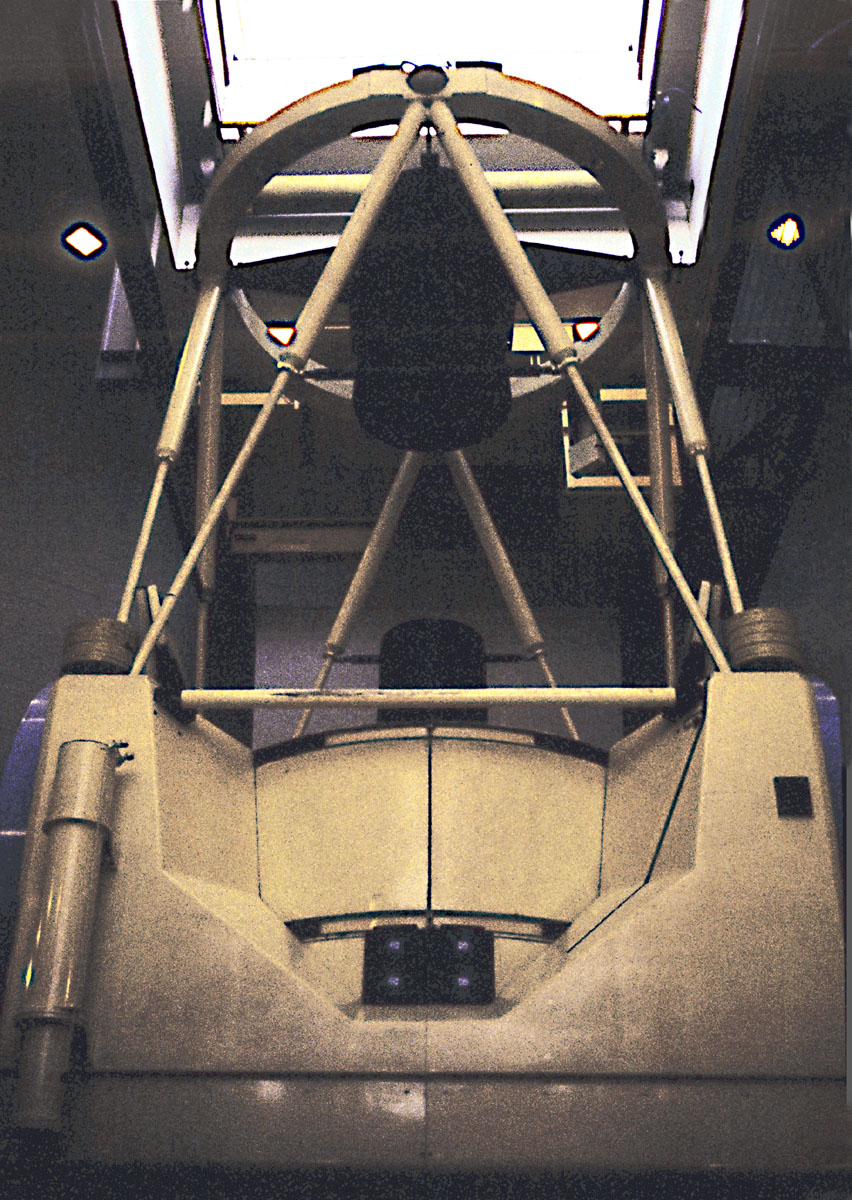|
Michael A. Stecker
Other Astronomical Sites:
Carnegie Las Campanas Observatory
|
|||||
|
In January 1931 the minds that revolutionized our concept of the
universe met in the Hale Library at the Pasadena headquarters of The
Carnegie Observatories.
From left to right: Milton Humason, Edwin Hubble, Charles St. John, Albert Michelson, Albert Einstein, W. W. Campbell, and Walter Adams. x
photo from:
http://www.ociw.edu/ociw/about/
***********************
The
Carnegie Institution of Washington
(CIOW) is a research institution started and originally funded by
Andrew Carnegie.
From a historical aspect the Carnegie Institution is not only noted
for its contribution to astronomy, but also for atomic energy. For it
was the Carnegie Institution that did some of the first studies that
resulted in the atomic bomb. Its president (Vannevar Bush ) was in
charge of the atomic bomb projects in the USA in the 1940's and he was
second only to President Roosevelt in decisions regarding creating the
bomb.
Currently the Carnegie Institution does research
in astronomy, geophysics and biology. The Observatories were founded
by
George Ellery Hale
in 1904 and its headquarters are in Pasadena, California. In its
early years the solar telescope on Mt. Wilson was the principal
research instrument. However, the construction of the 60 and
100-inch
(Hooker
Telescope)
reflectors on Mt. Wilson in 1906 and 1918 made Carnegie the world's
premier astronomical institution. During these years Edwin Hubble was
the chief astronomer and made some of the most important astronomical
discoveries of the 20 th century (like the expanding universe). The
Mount Wilson Observatory
is no longer associated with the Carnegie Institution.
The Carnegie Observatories (http://www.ociw.edu/) now operates telescopes at two sites. The main site is on Cerro Las Campanas in the Atacama Desert of northern Chile and the less frquently used site is at the Palomar Observatory (California) where Carnegie is granted use of the 1.5 meter telescope 22% of the time.
The telescopes currently used at Las Campanas Observatory (LCO -
http://www.ociw.edu/lco/)
are the 1.0 meter f/7 Swope and 2.5 meter f/7.8 DuPont reflectors.
The smaller 13-inch Bruce refractor that discovered Supernova 1987A in
the LMC is no longer operational. While I was there three building
projects were underway:
(1) reflecting telescope for Poland, (2) radio telescope for Japan and
(3) Project Magellan as describe below.
|
|||||
|
|
|||||
|
|
|||||
|
|
|||||
|
|
|||||
|
Project Magellan (Twin 6.5 meter telescopes):
x
The Carnegie Institution of Washington in cooperation with the University of Arizona, Harvard University, the University of Michigan (my alma mater) and MIT, are constructing two 6.5 meter (260-inch) telescopes at Las Campanas. First light for the first telescope was in the year 2000. The second telescope came on line in 2002. |
|||||
|
|
|||||
|
Future Plans:
Like Project Magellan, the Carnegie Institution of Washington in
cooperation with the University of Arizona, Harvard University, the
University of Michigan (my alma mater) and MIT plan on building a much
larger telescope in Chile. It will be called the GMT. Its primary
mirror is composed of six 8.4m diameter off-axis hyperboloid segments.
The effective collecting area will be that of a 21.5m filled-aperture
and the resolving power equivalent to a 24.4m diameter aperture.
see:
|
|||||
|
|
|||||
|
|
